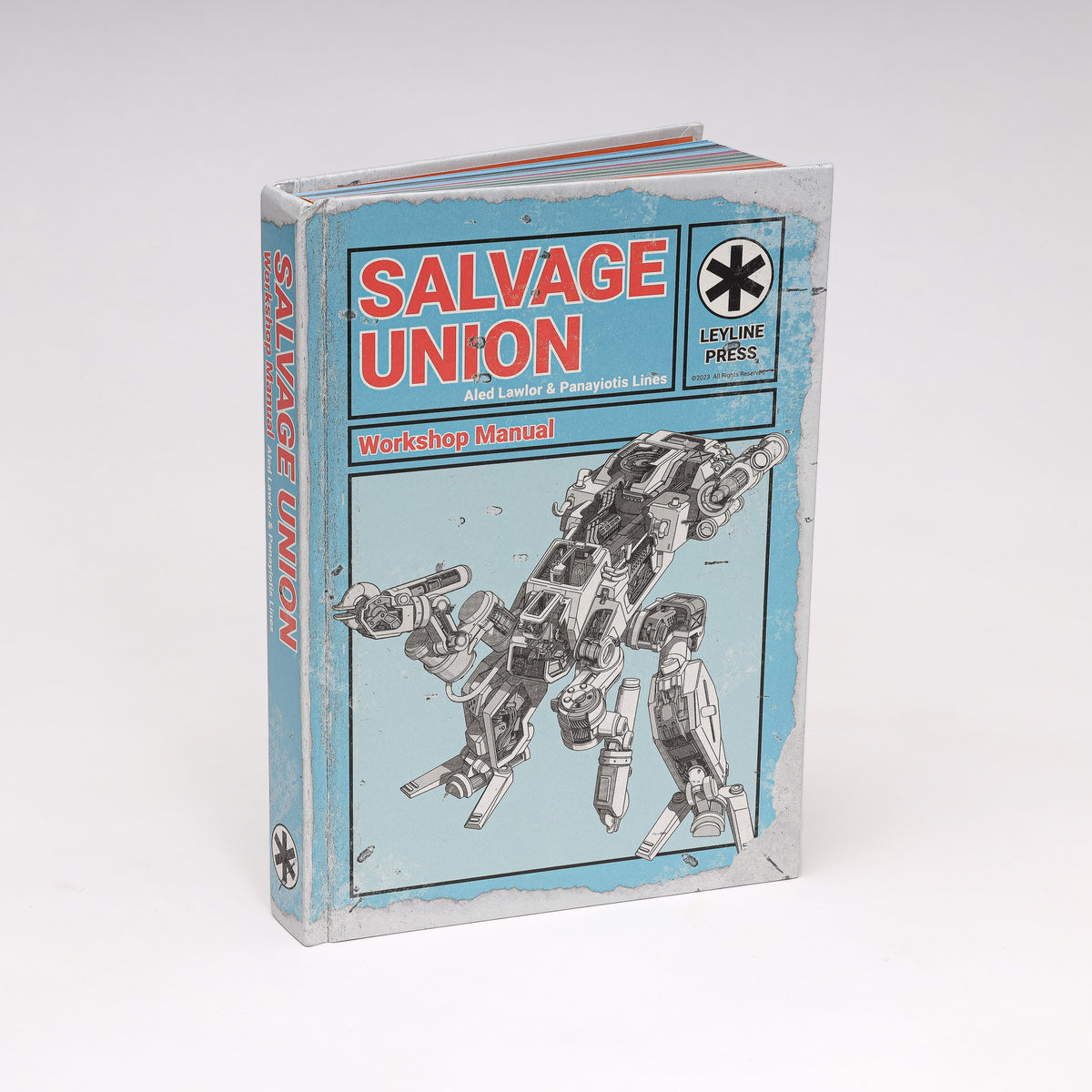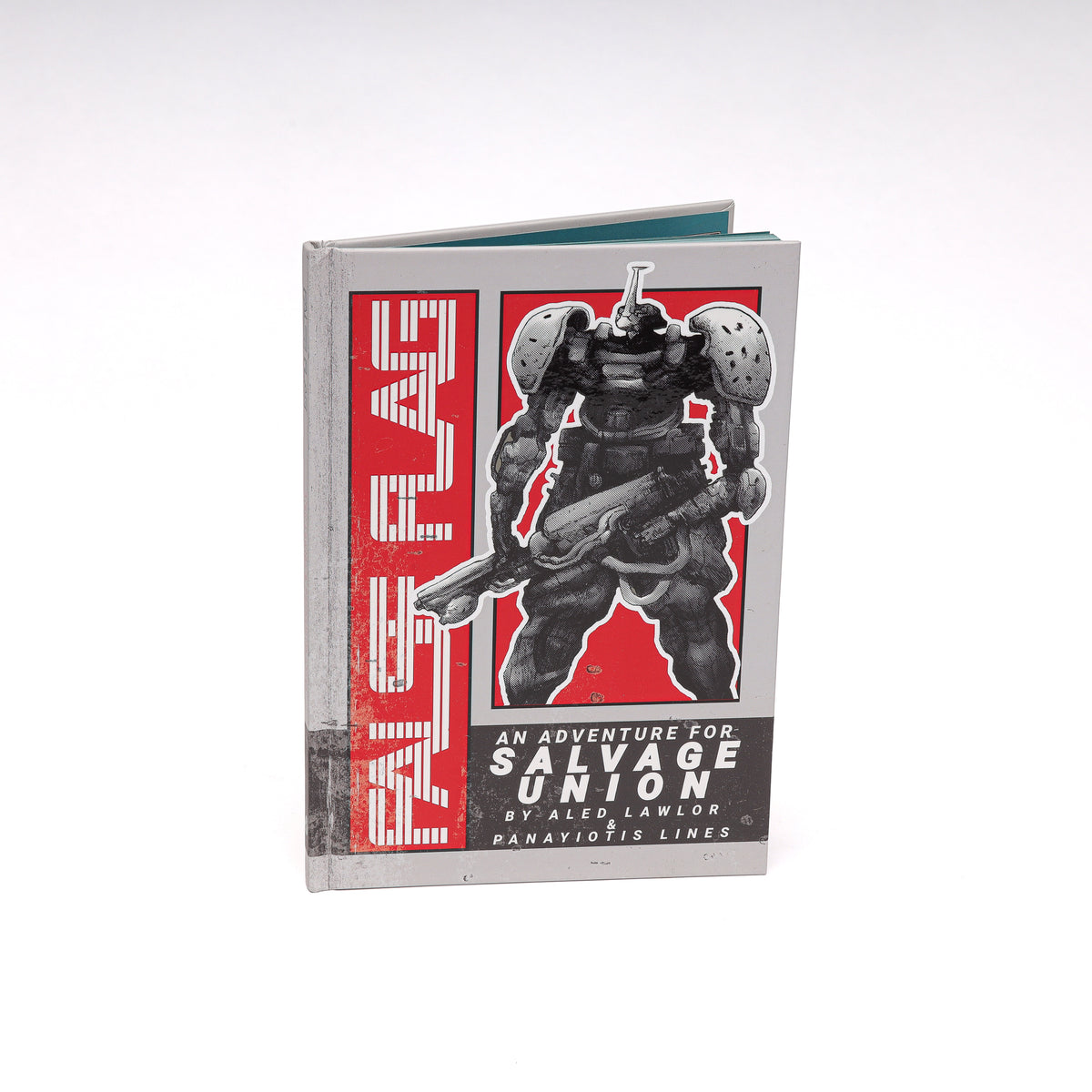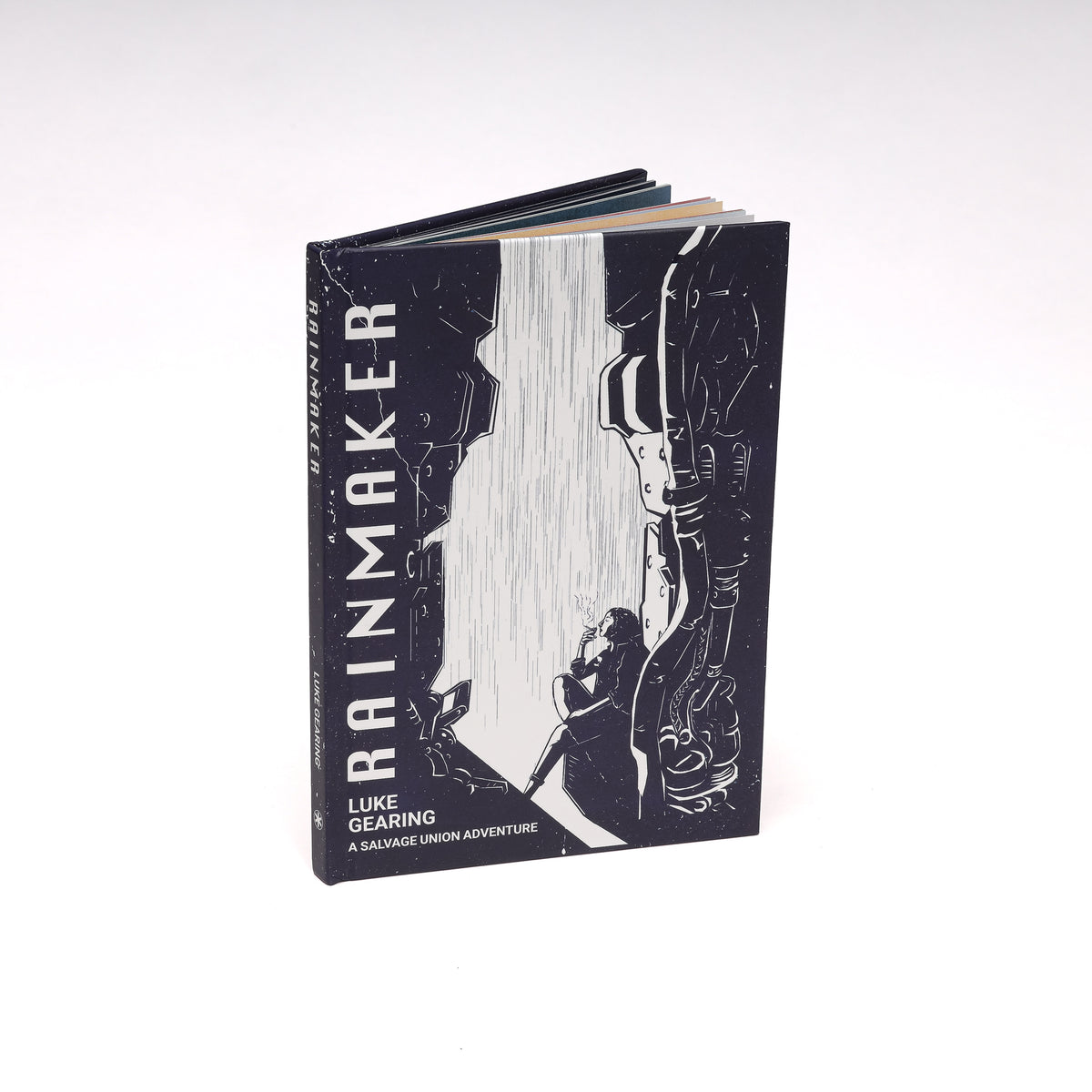
In this series of articles we'll be exploring the differences and similarities between every edition of Dungeons and Dragons.
In the last article we looked at Basic & Expert D&D.
In this article we are looking at BECMI launched in 1983.
BECMI, compiled by Frank Mentzer and published from 1983 - 1986 is the ‘newest’ edition of the ‘Basic’ series of D&D rules. It’s named BECMI as it includes 5 separate sets.
‘Basic’, ‘Expert’, ‘Companion’, ‘Masters’ and ‘Immortal’
Basic & Expert would be further revised editions of the Moldvay Basic and Expert rules. The Basic Set would be split into a player and DM booklet, mirroring the Players and Dungeon Master Guide format in AD&D.
The Companion set contained rules for play from level 15 - 25, expanding upon the Expert set which peaked at 14. It introduced new weapons, armour as well as unarmed combat rules and rules for managing Strongholds.
Stronghold play was always in the game from OD&D however the specific details were scattered around various different sources. The Companion set would be the first rules set to present Stronghold rules clearly and concisely. This gave detail on running the likes of a castle, from hiring staff members, to guards to defend it, to peasants to toil the land. The idea was that once your Fighter got to a high enough level they would be able to construct a stronghold and command armies themselves to defend their lands.
The Companion Set would also introduce the ‘Druid’ class from AD&D to basic, an option that Neutral aligned Clerics who specialised in nature deities would get at 9th level. This would gain them access to a new list of Druid spells however come with various caveats such as them not being able to wear metal armour and having to reside within the wilderness and remain ‘Neutral’ in their alignment. If they broke these tenets they’d risk losing their access to Druidic magic. This would be part of a similar trend in classes that would appear in such as the Paladin, which exchanged more powerful options for effectively roleplay restrictions. It also forced the player to roleplay in a highly specific way. Whilst this could be frustrating at times for a group, or used as a DM to unfairly punish a player, it did give the person playing the Druid or Paladin a lot of flavour to work with. The Druid would become an iconic class that is still in the game as a core class to this day.

The Masters Set allowed characters to rise up to the max of 36th level. It introduces the ‘Mystic’ class who were experts at unarmed combat and had special abilities to enhance that power, intended to be inspired by the ‘Kung Fu Master’ trope. The Mystic would go on to appearing in AD&D 2nd edition but never quite caught on as a core class, with recent attempts in 5E to introduce the class in Unearthed Arcana falling a bit flat.
Masters further introduces the ‘weapon mastery’ rule to the game. This was an optional sub-system that allowed characters to specialise and grow more proficient in using different weapons within the game, providing a much higher level of detail for those who wanted it. Alongside that it added more weapons, magical items, spells and monsters to the game.
The Masters Set expanded out the stronghold building rules by adding guidelines to managing realms and small empires as well as giving advice to the GM on how to deal with all of these new elements. This included rules for balancing out encounters and advice on dealing with players who could now cast incredibly powerful high level spells such as Meteor Swarm which wipe out entire towns on a map or Gate which allowed casters to create portals to other planes.

‘OSR’ style games are typically thought of as not caring about balance however BECMI contains quite specific rules on balancing out encounters and indeed all of the editions contained many forms of internal balance, from the ‘flat’ math to the likes of encounters in Dungeons getting progressively harder the deeper you go. The difference is that balance is either imbued naturally within the ‘world’ of the game via the rules or is simply a tool that the GM can use rather than an expectation of play.

A World Map of Mystara
Within the world of Mystara powerful beings could rise to the rank of ‘immortals’ and effectively be worshipped as gods by the populace. The Immortals expansion provided rules for characters who reached this lofty peak. They would gain ‘power points’ as they rose in ranks instead of levels which would provide a host of bonuses from enhancing ability scores to fuelling new spells and abilities. This set also provides lore as well as rules on the D&D multiverse and various planes of existence. Detailing for example how characters movement and vision whilst going through the gray fog of the Ethereal plane. As players grew to this power they could create planes of their own, expanding out the stronghold play to ‘interstellar’ levels.
There were further powerful monsters described in the set such as the infamous Demon Lord Orcus, who also appeared in the 1st Edition AD&D monster manual, and the mighty lawful Archons who fought chaotic creatures in the outer planes.

With all these rules combined you have absolutely everything you need and more for decades of Dungeons & Dragons play that rise you from a humble peasant to a god as you adventure through dungeons, collect treasure, save villages from roaming bandits in the wilderness, build strongholds and eventually rise to an Immortal.
Currently the main source to get the original BECMI TSR D&D rules in a complete package is the Rules Cyclopedia. This is a comprehensive rulebook containing everything you need to play old school D&D, however it’s currently only easily available either in scanned PDF or print on demand.
BECMI ran from 1983 - 1990, the Rules Cyclopedia was published and beyond that the game was discontinued with TSR focussing on AD&D 2E. BECMI, as well as the other basic sets, existed alongside AD&D. The idea was that players would play Basic and move onto Advanced D&D. However it seems clear that if all this effort was put into creating so many rules and additional expansions for the basic then this particular set of rules must have had a significantly large fan base as well.

That’s not to say AD&D was somehow unpopular, it would become the iconic edition of D&D for a whole new generation looking into the game. Ironically though the ‘basic’ edition of the game was designed so new players and children could be introduced to the game many younger players would gravitate towards AD&D. It’s much clearer and defined rules gave a stronger basis to begin with than the basic sets and in general children don’t like being given a ‘children’s’ set to play with. Whilst Basic was anything but ‘basic’ especially by BECMI it was certainly marketed as that. As a result many new players saw their first foray into D&D through Advanced Dungeons and Dragons.
AD&D will be discussed in our next article which you can read here.

Thanks for reading! If you're interested in a trio of OSE compatible, old school fantasy adventures check out Albion Tales.
Subscribe to the Leyline Press newsletter here to receive updates on our blogs, promotions, games and more.
Follow us on twitter @leylinepress
Follow us on facebook @leylinepress
Follow us on instagram @leylinepress
Subscribe to this blogs RSS feed by pasting this into your feed reader - https://leyline.press/blogs/leyline-press-blog.atom
This article was originally written for https://www.osrelfgame.com/






2 comments
Thanks for this. This is the version I played as a kid, so it’ll always be the real D&D to me.
Classic D&D went to 1996 with the compilation of all the above noted BECMI books into the Rules Cyclopedia and the Wrath of the Immortals Box rules sets putting all the BECMI information into 2 books.